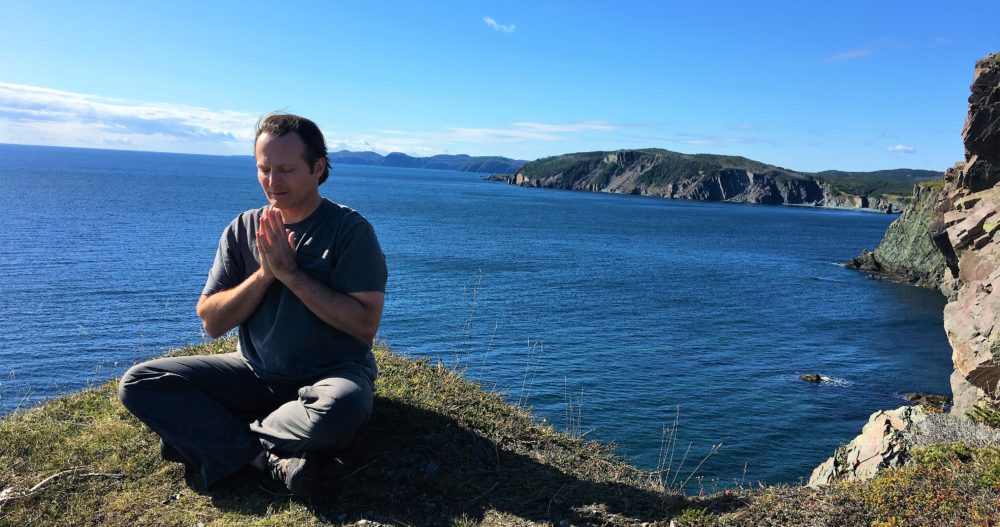I have been asked why I include Supta Padangusthasana 1 in almost all of my restorative classes. First off, what is Supta Padangusthasana? In Sanskrit, supta means lying down or reclining. Padengusthasana is broken down into three words: Pada, means foot, angustha means big toe, and asana meaning pose. Putting that all together you get, reclining hand to big toe pose. When I teach this pose I do not teach the classic version, but instead use a yoga belt, replacing the hand to big toe part. I do this because most student do not have the mobility in the hip and hamstring which is needed in order to do the pose comfortably. Without the use of a yoga belt, the benefits can be lost. The student lies on the mat, and instead of lifting one leg up and grabbing the big toe with their hand, they place a yoga belt over the foot, and take the pose with this modification, working towards the eventual classic version.
Back to the question, why do i use it in nearly every restorative class. There are a number of reasons I feel this pose is fantastic, whether in a restorative class, or any other class. If this pose is done with integrity and purpose, it can do more than simply stretch out the hamstring and the calf muscle. The first thing this pose accomplishes is simple – it awakens the legs and the foot. It brings an instant awareness to energy within the legs. Is the leg limber or stiff, is it fatigued or energized, is it asleep or awake? With effort, it will awaken and move towards limber and energized. It will increase blood circulation in the legs, hips and low back. This blood will nourish the muscles and stimulate the nerves. It will help remove the fatigue and stiffness in the leg, providing the leg and hip more mobility. It often can relieve some of the pain and discomfort of sciatica. It also provides relief to some knee issues. It helps bring proper movement and range of motion to the hip and the hamstring, both of which affect the sacrum and lumbar spine. With time and practice, sacrum issues and lower back pain often subside as well. With lower back pain, sciatica and knee issues so prevalent in students, I feel that this pose, done in a mindful meditative manner, is a must for many students.
